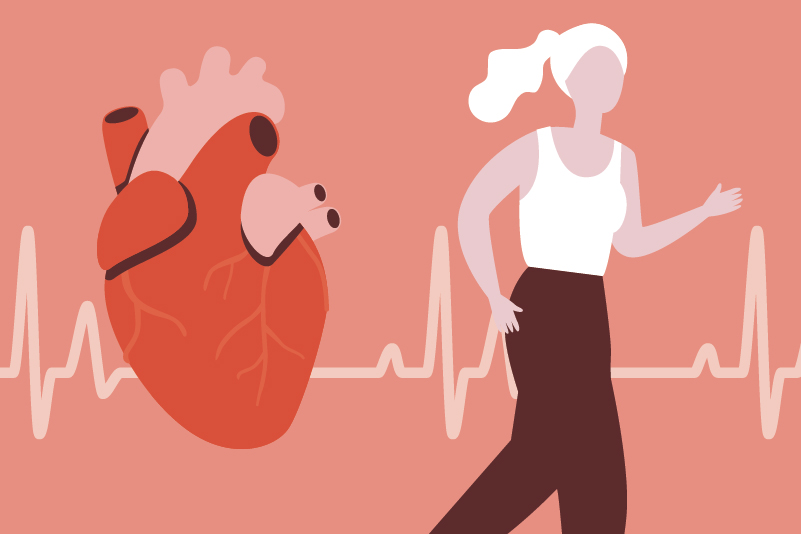#65 Niacin added to statins for cardiovascular disease (CVD)? 1 + 1 = 1

Reading Tools for Practice Article can earn you MainPro+ Credits
Join NowAlready a CFPCLearn Member? Log in
- Randomized to niacin extended-release 2,000 mg plus laropiprant 40 mg or placebo for ~4 years.
- No difference in primary outcome (combined CVD): 13.2% versus 13.7%.
- Niacin increased risk of:
- Serious adverse events: 55.6% versus 52.7%, Number Needed to Harm (NNH)=35.
- Discontinuation due to adverse events: 25.4% versus 16.5%, NNH=12.
- Niacin improved lipids versus placebo.
- LDL -0.25 mmol/L, HDL +0.16 mmol/L, Triglycerides -0.37 mmol/L.
- No difference between niacin versus placebo on death, non-fatal myocardial infarction or stroke.
- Enrolled men 30-64 years-old with prior myocardial infarction.
- Limitations: Over 40 years old, before statins and other proven secondary prevention therapies (aspirin, ACE inhibitors, beta-blockers, etc).
- Surrogate outcomes like lipids can be misleading.4
- The drug torcetrapib reduced LDL 25% and increased HDL 72%, but increased CVD and mortality.5
- Statins improve CVD outcomes irrespective of initial lipid levels6 or the degree of LDL reduction.7
- Good evidence demonstrates that statins reduce CVD, particularly in secondary CVD prevention.8
- Canadian cardiovascular society guidelines9 recommend treating to lipid targets (LDL, non-HDL, and ApoB), including adding ezetimibe, bile acid resins, or PCSK9 inhibitors to statins if needed.
- Niacin recommended only if LDL goal not achieved despite all of the above.
- American guidelines10 recommend against niacin due to risk of serious harm with no clinical benefit.
- Canadian Primary Care Lipid Guidelines do not recommend niacin.11














